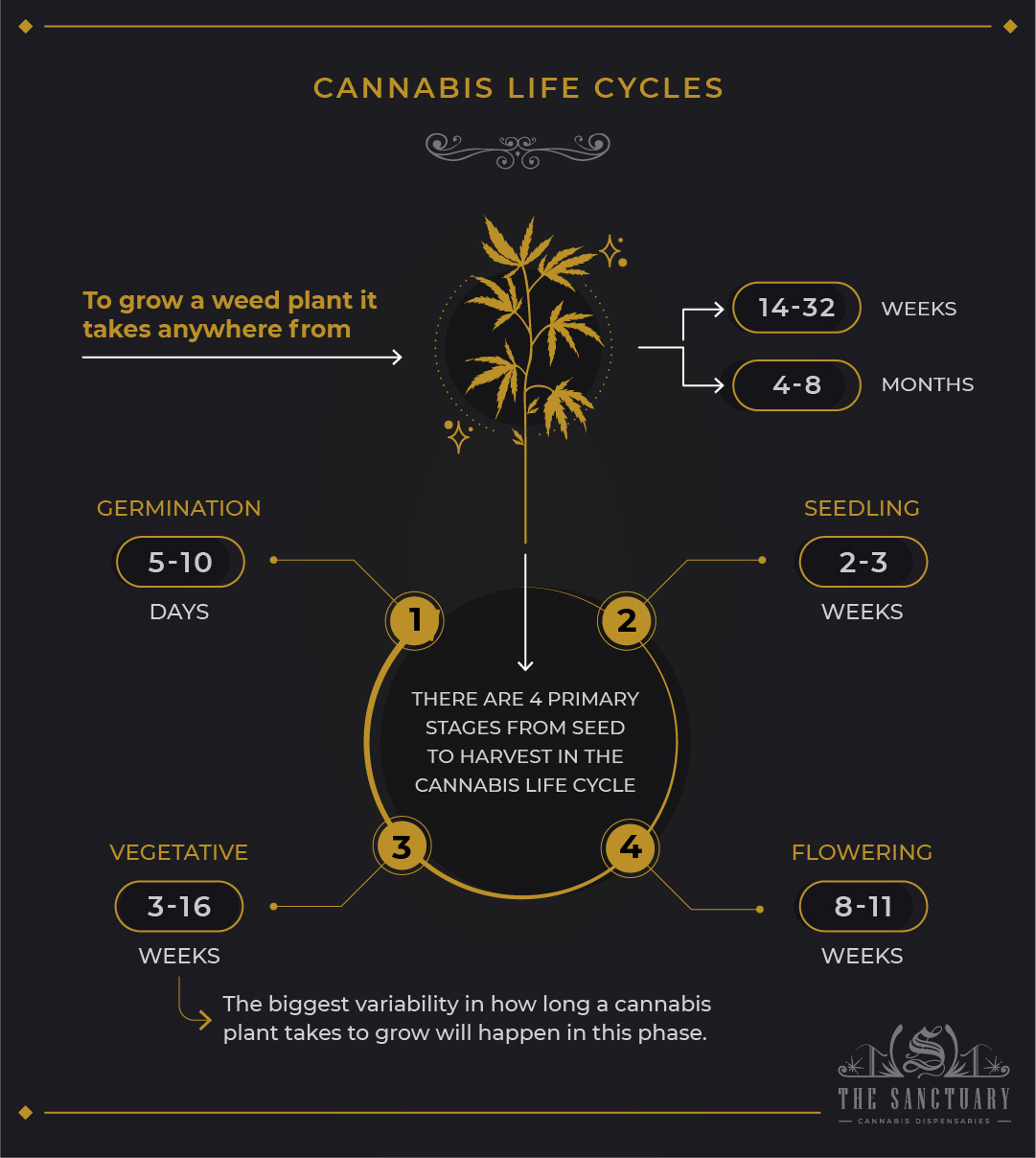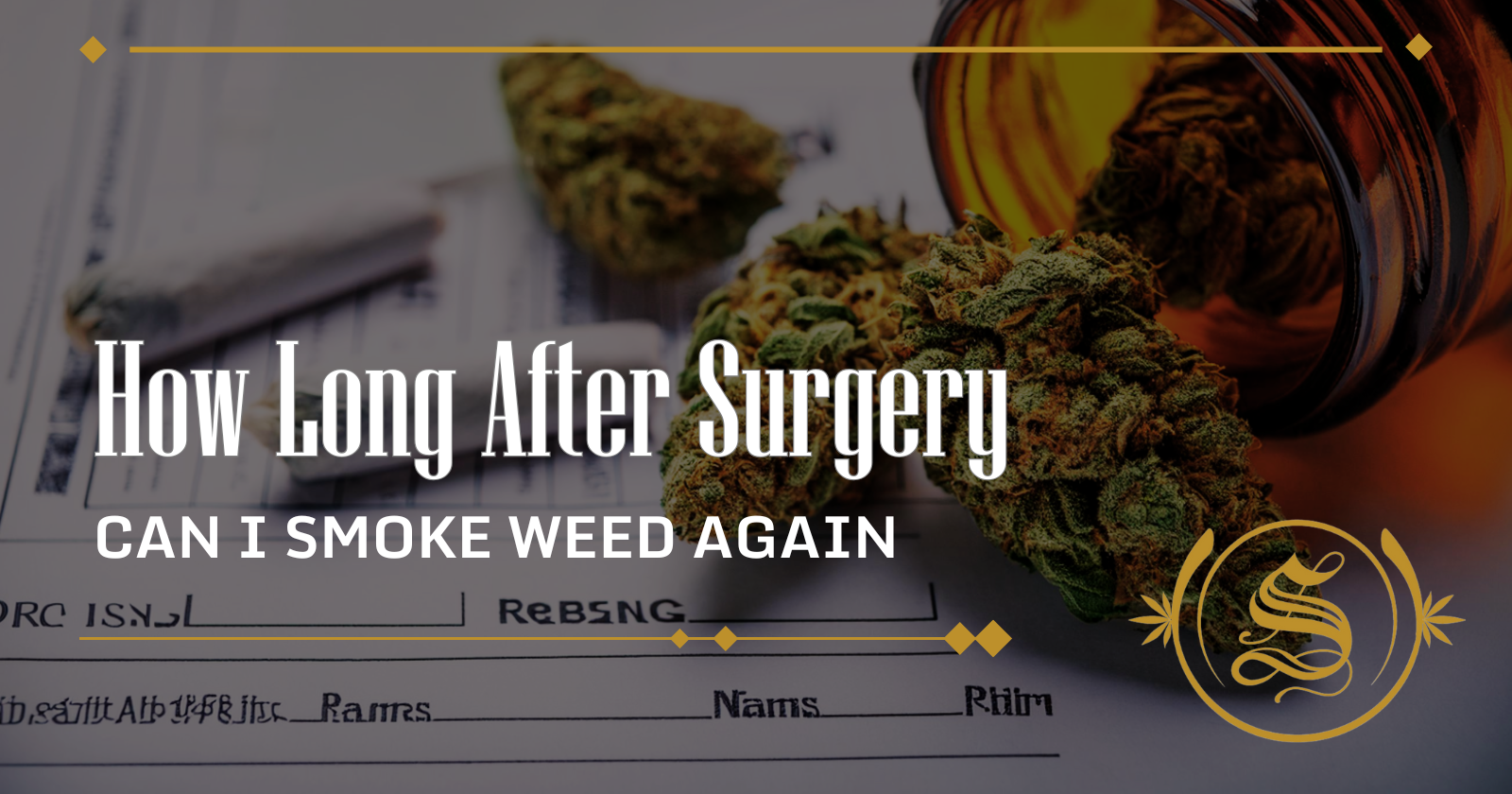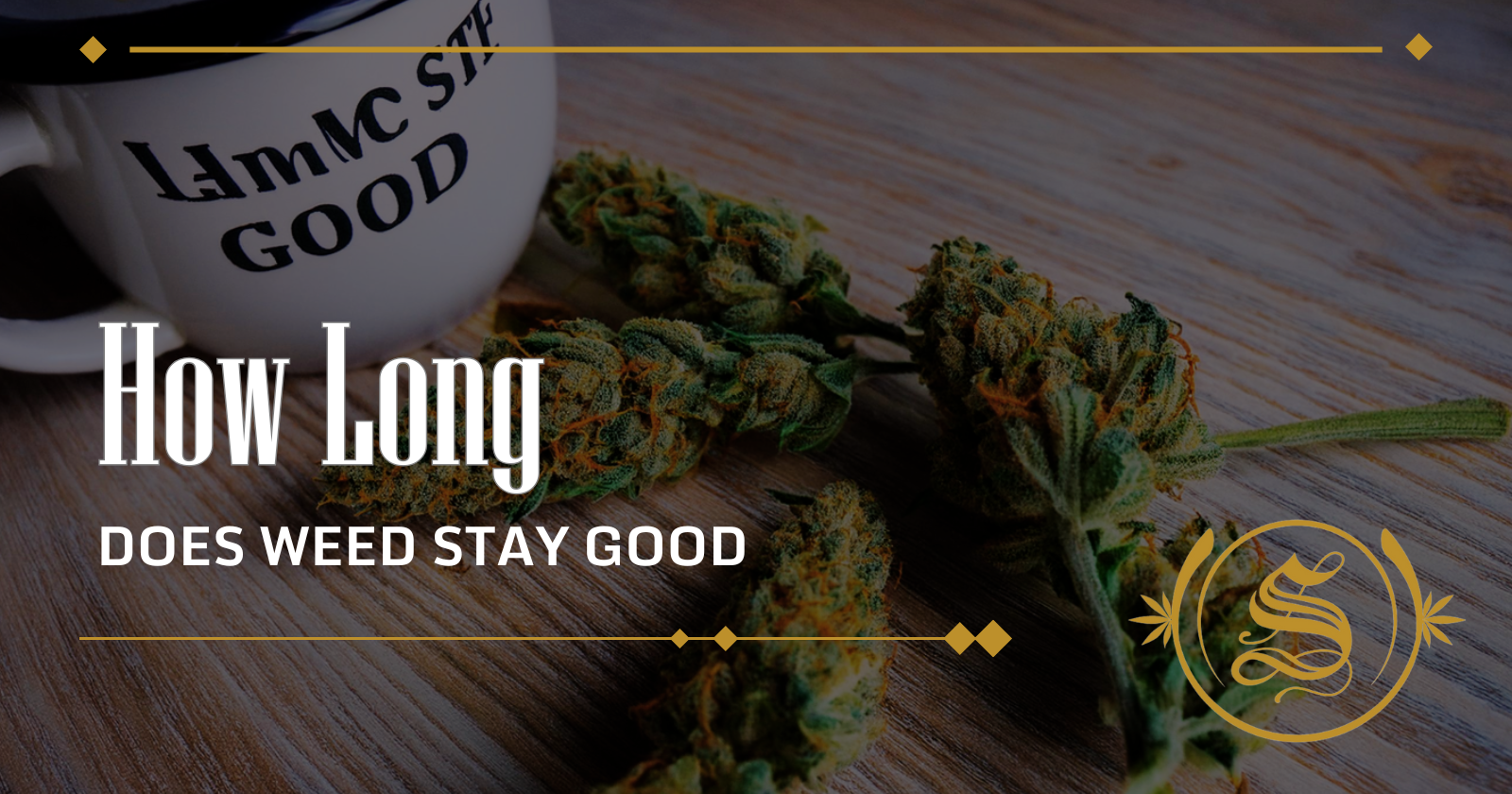Iftikhar Alam
Author
Reviewed by Cannabis Experts
Published on: June 10, 2021 | Updated on: July 28, 2024
Cannabis plants, like all living things, develop and mature through a number of phases. If you want to cultivate cannabis, it’s especially crucial to understand the changes a plant goes through during its life cycle, because each stage of development necessitates different care.
The vegetative phase of a cannabis plant’s life cycle is critical. Growers must give their plants the best possible environmental conditions in order for them to grow as large and healthy as possible. Yield is frequently equated with size. The larger the plant grows, the more nodes or “bud sites” it develops, and the more blooms it can produce. However, size isn’t the sole consideration.
Cannabis life cycles

A weed plant can take anywhere from 14 to 32 weeks, or roughly 4 to 8 months, to grow.
The vegetative cycle has the most variation in regards to growth time. If you’re growing it indoors, you may push it to flower in a few weeks if it’s little, or many weeks if it’s large. If you’re growing plants outside, you’ll have to wait until the fall to harvest them if you’re growing them in the ground. Buds will form on the plant in the last 8-11 weeks.
From seed through harvest, the cannabis life cycle may be divided down into four stages:
- Germination (5-10 days)
- Seedling (2-3 weeks)
- Vegetative (3-16 weeks)
- Flowering (8-11 weeks)
What is the vegetative stage?
The vegetative phase of the growth cycle occurs after seedling development but before flowering.
Seedlings will sprout from the dirt once your cannabis seeds have germinated. A short stem and two rounded cotyledons (first leaves produced) distinguish these immature plants. The first “true” leaves will appear eventually. Seedlings will develop a huge number of photosynthesis generating fan leaves during the next 2-3 weeks. The vegetative phase begins at this point.
Depending on the genetics of a cultivar and the grower’s target, the vegetative period can span anywhere from 3 to 16 weeks (or more). During this stage, there is a lot of growth.
At the start of the vegetative phase, plants are usually moved into larger pots to allow their root systems to expand. The main stem will climb, resulting in a significant increase in the distance between nodes. Sativa plant strains grow higher with less ramification, whereas indica cultivars stay short and produce a lot of lateral growth. The vegetative phase of photoperiod cultivars terminates as the light cycle shortens.
What is the best amount of time for a plant to be in veg?
There is no optimal period for keeping your plants in the vegetative stage. You choose how long you want to spend building your plant’s leaves and branches while it receives 18-20 hours of light, and then you use 12 hours of light and 12 hours of darkness to induce blooming. The longer your plants are in the vegetative stage, the larger they will become, resulting in more harvests.
The disadvantage of an extended vegetative cycle is that it takes longer, prolonging your growth timetable and providing more opportunities for things to go wrong. It’s a waste of effort to veg a plant for three months; consider it as something with declining rewards if you overdo it.
Some gardeners like to keep their plants tiny while still getting high yields, which they may achieve by training them. These strategies must be used during the vegetative stage, before the first blooms appear. During the vegetative stage, several vital physiological activities are taking place.
Light and carbon dioxide are converted into energy by the fan leaves. The root system is growing and providing a strong anchor to keep the plant from falling over; the roots are also working to absorb essential nutrients and water. Growers must ensure that plants receive the proper quantity of light, water, and nutrients at this period to suit their needs.
Your plant will require water near the stalk while it is young, but as it develops, the roots will expand outward as well, so begin watering further away from the stalk in the soil so roots may spread out and absorb water more efficiently.
Pests and diseases must also be kept in mind by cultivators. These risks can lead to the destruction of your plants. Finally, the vegetative stage prepares the plant for flowering. During this period, the healthier the plants are, the more equipped they will be for blooming a plentiful crop.
Determining the sex of your plants
If you need to know your plants’ sex (to get rid of the males), they’ll start exhibiting sex organs a few weeks into the veg stage. Males must be kept apart from females to avoid pollination. In cannabis plants, there are two popular techniques for identifying gender.
The first technique for establishing gender is to inspect your plant’s 5th series of leaves. This should be done just before the plant starts to bloom. Just before flowering, indicas and hybrids with indica DNA will show their sex between the plant’s leaves.
If the plant is female, you should be able to detect a small white fiber if you look closely. The plant will have a tiny ball instead of a fiber or tendril if it is male. This approach is easy, but it is not the most reliable, and finding the developed sex organs on the plant might be difficult due to their tiny stature. It may be necessary to use a magnifying lens to make the distinction.
Taking cuttings is another option. You can take cuttings from your plant and root them in another room after it has reached the vegetative stage (best done indoors). 12-hour cycles of light and darkness should be applied to the freshly rooted cuttings.
Within a few days, the plants should flower. If any of them are males, you should take them out of the grow chamber.
The content provided on this blog is for informational purposes only and does not constitute medical, legal, or professional advice. Cannabis use is subject to local laws and regulations, which vary widely by jurisdiction. Always consult with a healthcare professional before starting any new treatment or altering an existing treatment regimen. The authors and publishers of this blog are not responsible for any actions taken based on the information provided herein. Use cannabis responsibly and in accordance with applicable laws. This blog is intended for adults aged 21 and over. The Sanctuary Dispensaries D186, D187.








